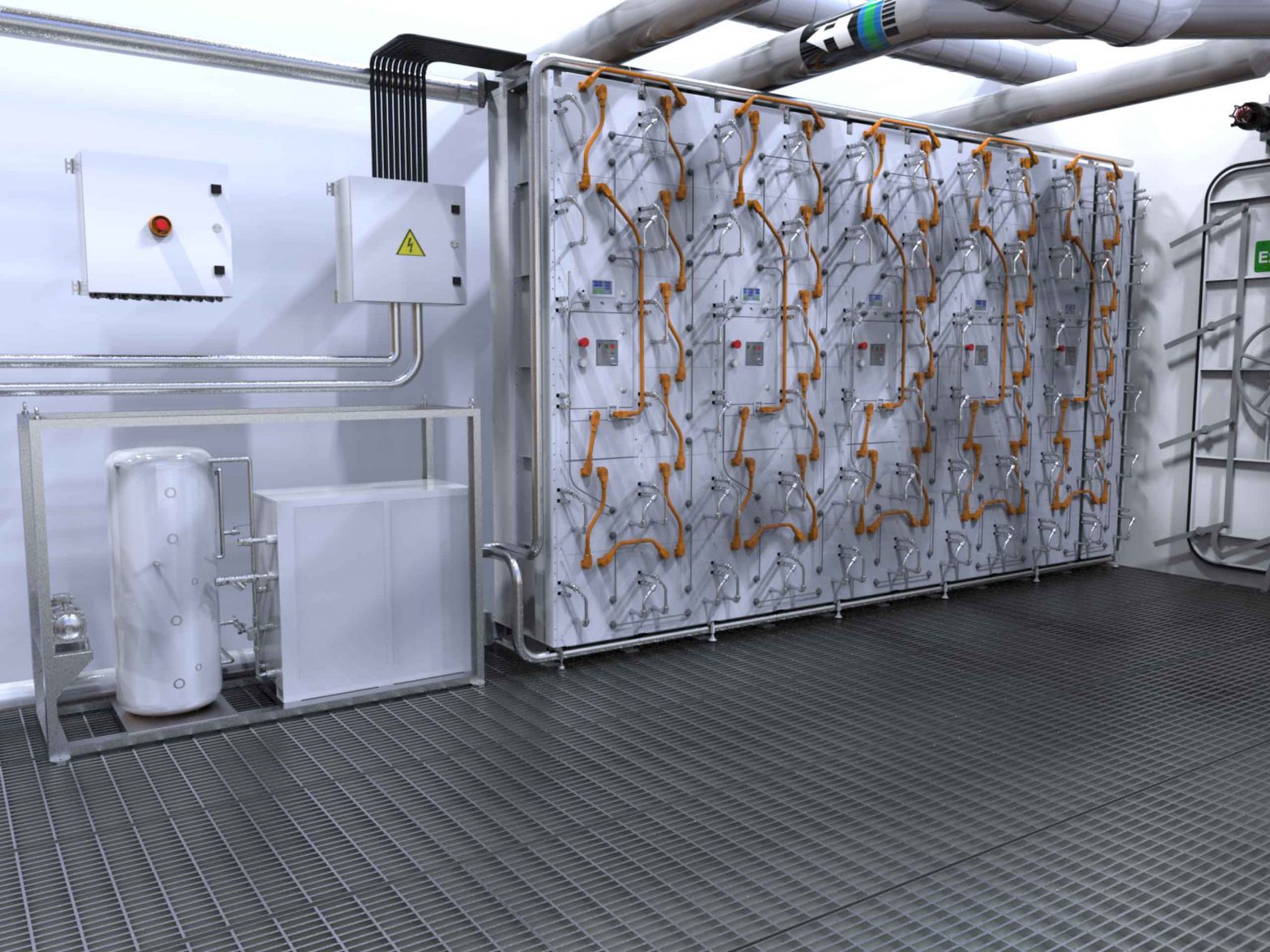
Published In Energetica India on October 9, 2020 by News Bureau. Link to the article can be found here.
By Brent Perry | CEO, Sterling PBES
 Battery technology has evolved very quickly, but the lithium-ion energy storage industry is still relatively young. As of today, there are few commercial systems that can claim to have been in operation for more than 10 years. Despite this, the economic and environmental advantages of battery storage have meant that there are now hundreds of systems operating around the worldBattery technology has evolved very quickly, but the lithium-ion energy storage industry is still relatively young. As of today, there are few commercial systems that can claim to have been in operation for more than 10 years. Despite this, the economic and environmental advantages of battery storage have meant that there are now hundreds of systems operating around the world.
Battery technology has evolved very quickly, but the lithium-ion energy storage industry is still relatively young. As of today, there are few commercial systems that can claim to have been in operation for more than 10 years. Despite this, the economic and environmental advantages of battery storage have meant that there are now hundreds of systems operating around the worldBattery technology has evolved very quickly, but the lithium-ion energy storage industry is still relatively young. As of today, there are few commercial systems that can claim to have been in operation for more than 10 years. Despite this, the economic and environmental advantages of battery storage have meant that there are now hundreds of systems operating around the world.
In 2009, I was a part of the group that produced the first lithium batteries for industrial applications. These were designed to demonstrate the principal that Megawatt scale Energy Storage Systems (ESS) could deliver real commercial value; at the time, there were a lot of doubters. Today, we have evolved not only performance, but also safety, integration, cost and risk management to much more predictable levels. The data obtained from constant commercial use continues to provide valuable information that allows us to continuously improve our systems.
This data and experience have led to significant improvements in battery design resulting in improved safety, system life, risk reduction and overall performance. The improved performance of modern industrial batteries has also changed the market. Lower system cost means more and more renewable energy installations are now finding true ROI from energy storage.
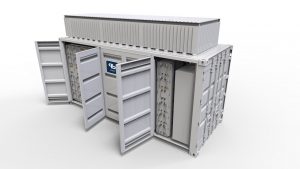
Safety
One critical weakness from the lithium-ion battery industry is fire safety, with the main concern being how to provide a cost-effective system while maintaining operational safety. This challenge was at the top of our minds in every design decision, and we addressed with our patented CellCoolTM cooling system. A cooling system so effective, it removes the risk of thermal runaway.
The principal is very simple; reduce the temperature of the cells at a faster rate than the cell increases in temperature. No matter how hard you work them, with CellCool a Sterling PBES battery will not achieve the temperature required to go into thermal runaway. We worked in cooperation with regulators to develop safety tests designed to demonstrate that the batteries are inherently safe.
Even in these very demanding tests, we have proven success. Our CellCool system is able to prevent thermal runaway, making every system safer to operate. This is done with an inherently simple liquid cooling system and cannot be achieved with air cooling systems due to the inefficiency of heat to air transfer.
Safety has other considerations as well. We designed a Battery Management System (BMS) that is inherently focussed on protecting the facility, the battery system and the cells. This is done at its core by monitoring the voltage and temperature of every individual cell in the system, and then balancing the performance within safe operating parameters.
Another critical element of safety in design has been the inclusion of contactors in the individual battery modules. We are building DC voltage systems that range from 300-1500VDC, therefore the risk of personal injury in transportation, installation and service have high potential. For example, a 1500 VDC arc flash can permanently disable a technician. By adding contactors in the individual battery modules, we eliminate voltage at the terminals until the system is fully engaged and the BMS can confirm that all cables are correctly installed. There is no voltage or power to the terminals as long as the contactor is open. Contactors also reduce the risk by isolating the modules as single units no matter how large the overall system size. The element of crew safety of our technicians and the operation staff cannot be overstated in terms of benefit to our customers. Instead of relying on specially qualified technologists, we can now train the customer’s engineers to do maintenance. This design decision was not free, but it is the right way to go to improve overall safety and reduce costs for our customers.
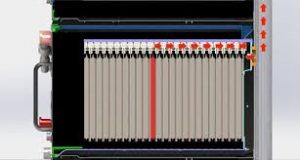
Cost
Another critical part of the design of a battery is not the actual battery itself, but the space the battery operates in. The added costs of necessary safety systems can be significant. Most battery suppliers off-load these safety measures onto other contractors and by not including them in the quoted price of the battery. These add-on systems are critical to the performance and safety of a battery and are therefore included in every Sterling PBES system deployed.
Another benefit of liquid cooling is the ability to predict the lifespan of our systems. Air cooled batteries are dependent on the ambient temperature to manage the overall life of a lithium battery. Even a small increase in battery room temperature has a significant reduction in calendar life. In contrast, liquid cooling maintains the temperature of the cells at a fixed range eliminating the impact of ambient temperature on lifespan.
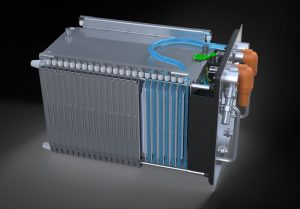
Size and Cost
The other significant feature of any system is the percentage of energy available on a continuous basis. On air-cooled designs, the continuous rating is about 70%. This means that if 1MW of energy is required, a battery of 1.4MWh of capacity will operate at 1MW load – a larger, heavier system that is significantly more costly to install and maintain. If we assumed that the battery system cost $100/kWh, then a 1.4MWh battery adds $140,000 to the capital cost of the system.
With Sterling PBES CellCool, the battery can operate at an average continuous rate of 300%. A 1MWh system can now be met with a 350kWh battery; much smaller, much lighter, and much less costly to install, with only a $35,000 budget needed.
Sustainability
A battery that can last for ten years is a pretty amazing thing, but it will likely not match the lifespan of the power generation system it is supporting. This equates to battery system replacement every five or ten years. In analyzing a system, our engineers realized that the most significant reason for ESS replacement was the fact the cells will age with time and use.
With Sterling PBES CellSwapTM the cells of a battery module are able to be replaced within 30 minutes. Cell swap means that the battery system life span is now the same as that of the power generation system. With this inclusion, the design of the battery system is now in line with market requirements.
Recycling will have an increasingly prominent role in decision making in coming years. This is part of the benefit of a cell swap; we can recycle the lithium cells at a very low cost because only the cells are replaced – the other hardware is reused. While often overlooked, it is necessary for any company that uses ESS in commercial operations to include this operational expenditure in their impact analysis.
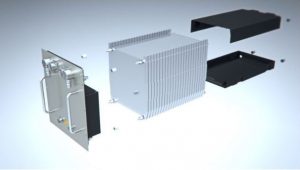
Where to next? Commercial needs will continue to drive improvements. Gone are the days when a battery was a fire and forget proposition. They are now an integral part of the overall system design and can provide significant ROI when deployed thoughtfully and with care. Modern batteries can provide safe, reliable service for decades and, when integrated correctly, reduce the system size and cost of any renewable grid energy system.